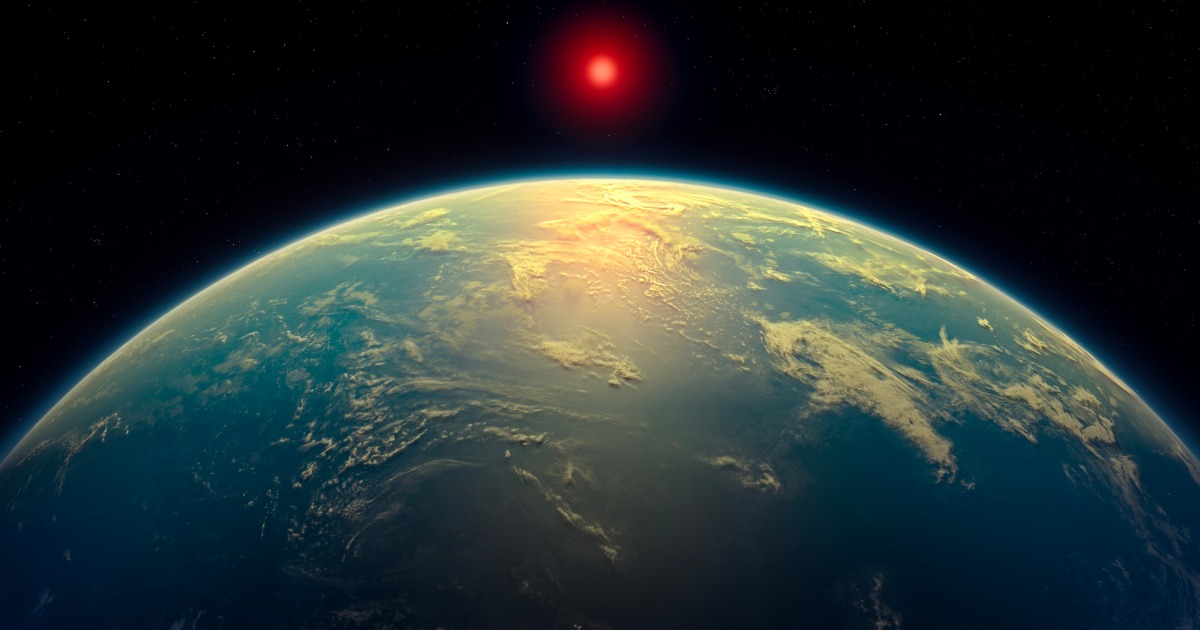
Radial Velocity Method
Radial Velocity Method is a technique used to detect exoplanets by measuring the periodic changes in the star's radial velocity caused by the gravitational pull of the orbiting planet. This method involves observing the Doppler shift of the star's spectral lines as it moves towards and away from the observer due to the gravitational tug of the planet. By analyzing the periodic variations in the star's radial velocity, astronomers can infer the presence, mass, and orbital characteristics of the exoplanet. This method is particularly effective for detecting massive planets in close orbits around their host stars. However, it is less sensitive to smaller planets and those in more distant orbits.
Your Previous Searches
Random Picks
- System Optimization: System optimization is the process of improving the performance and efficiency of a system by analyzing and modifying its components and processes. In the context of space and astronautical engineering, system optimization involves the desi ... Read More >>
- Non-Invasive: Non-invasive refers to a medical procedure or diagnostic tool that does not require the insertion of instruments or devices into the body. In the context of space and astronautical engineering, non-invasive techniques are used to study and ... Read More >>
- Thermal Control System: Thermal Control System (TCS) is a subsystem of a spacecraft that manages the temperature of the spacecraft and its components. The TCS is responsible for maintaining the temperature within acceptable limits for the proper functioning of the ... Read More >>
Top News

This week on "Sunday Morning" (April 20)...
A look at the features for this week's broadcast of the Emmy-winning program, hosted by Jane Pauley....
News Source: CBS News on 2025-04-17

Scientists detect strongest hints yet of life on a distant planet...
Scientists have detected unique chemical patterns similar to those produced by the Earth's algae and seaweed — raising the possibility of the presence of a warm ocean, perhaps teeming with life, on ...
News Source: NBC News on 2025-04-17

Is there life on another planet? Scientists find the strongest evidence yet...
Near a planet far, far away astronomers have found traces of chemicals that on Earth are only produced by living beings....
News Source: Al Jazeera English on 2025-04-17

Scientists find strongest evidence yet of life on an alien planet | CNN...
In a potential landmark discovery, scientists using the James Webb Space Telescope have obtained what they call the strongest signs yet of possible life beyond our solar system, detecting in an alien ...
News Source: CNN on 2025-04-17
Katy Perry's trip to space wasn't inspirational. It was tone-deaf marketing....
Katy Perry indulged in a space tourism trip Monday, courtesy of Jeff Bezos' company. It's the latest in a long line of missteps for the singer....
News Source: Business Insider on 2025-04-14